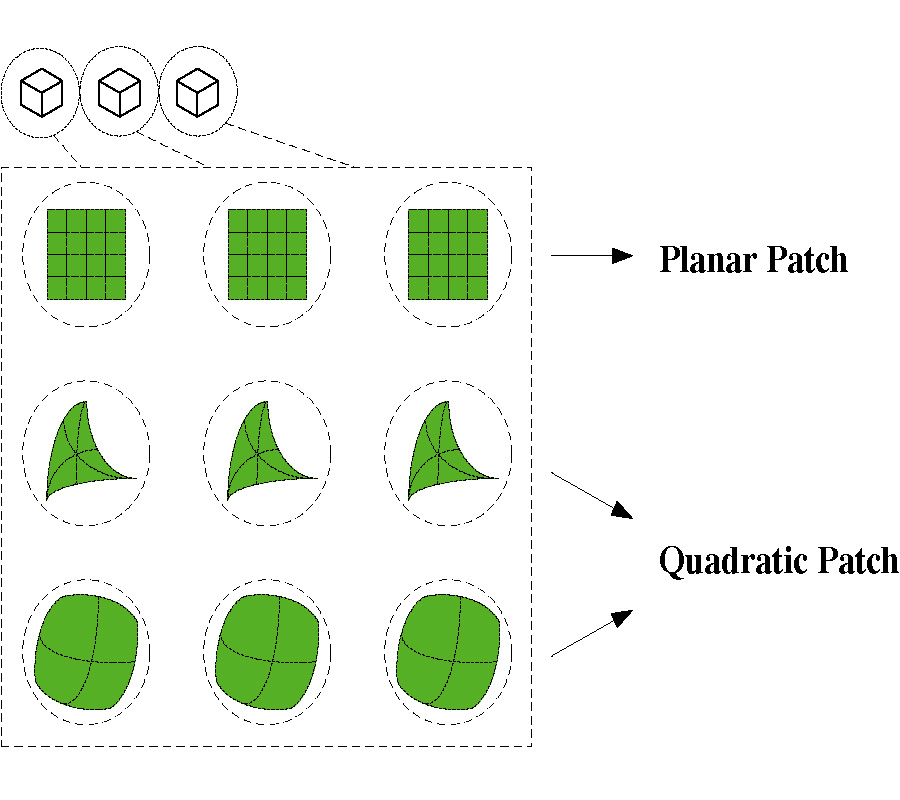Distinguishing Bipolar Depression from Major Depressive Disorder Using fNIRS and Deep Neural Network
Tengfei Ma,
Hailong Lyu,
Jingjing Liu,
Yuting Xia,
Chao Qian,
Julian Evans,
Weijuan Xu,
Jianbo Hu,
Shaohua Hu and
Sailing He
A variety of psychological scales are utilized at present as the most important basis for clinical diagnosis of mood disorders. An experienced psychiatrist assesses and diagnoses mood disorders based on clinical symptoms and relevant assessment scores. This symptom based clinical criterion is limited by the psychiatrist's experience. In practice, it is difficult to distinguish the patients with bipolar disorder with depression episode (bipolar depression, BD) from those with major depressive disorder (MDD). The functional near-infrared spectroscopy (fNIRS) technology is commonly used to perceive the emotions of a human. It measures the hemodynamic parameters of the brain, which correlate with cerebral activation. Here, we propose a machine learning classification method based on deep neural network for the brain activations of mood disorders. Large time scale connectivity is determined using an attention long short term memory neural network and short-time feature information are considered using the InceptionTime neural network in this method. Our combined method is referred to as AttentionLSTM-InceptionTime (ALSTMIT). We collected fNIRS data of 36 MDD patients and 48 BD patients who were in the depressed state. All the patients were monitored by fNIRS during conducting the verbal fluency task (VFT). We trained the model with the ALSTMIT network. The algorithm can distinguish the two types of patients effectively: the average accuracy of classification on the test set can reach 96.2% stably. The classification can provide an objective diagnosis tool for clinicians, and this algorithm may be critical for the early detection and precise treatment for the patients with mood disorders.









